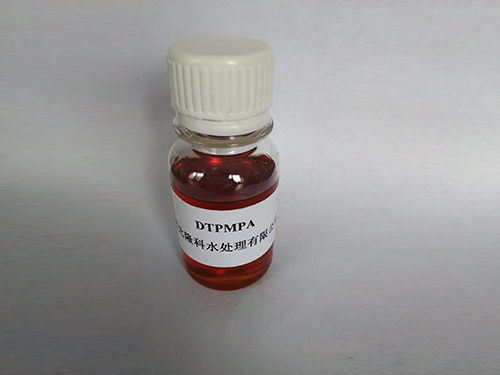Chemical Coagulation and Flocculation Techniques in Water Treatment Processes
Chemical Coagulation and Flocculation in Water Treatment
Water is an essential resource for life, and maintaining its quality is critical for public health and environmental sustainability. Chemical coagulation and flocculation are fundamental processes in water treatment that help remove impurities, sediments, and microorganisms, thereby ensuring safe drinking water.
The Basics of Coagulation and Flocculation
Coagulation and flocculation are often used in tandem to purify water. Coagulation involves the addition of chemicals, known as coagulants, that destabilize the colloidal particles suspended in water. These particles, often negatively charged, repel one another, preventing them from clumping together. Coagulants, such as aluminum sulfate (alum) or ferric chloride, neutralize these charges, allowing particles to aggregate.
Once coagulation occurs, flocculation follows. In this step, gentle mixing is employed to encourage the formation of larger aggregates called flocs. Flocculation often involves the use of flocculants, which are long-chain polymers that facilitate the bridging of smaller particles into larger clumps. The result is the formation of flocs that can be more easily removed from the water during subsequent processes.
Mechanism of Action
The effectiveness of coagulation and flocculation relies on several key mechanisms, including charge neutralization, adsorption, and interparticle bridging. In the charge neutralization phase, coagulants are added to the water, causing the destabilization of the fine particles. As these particles come into contact with the coagulants, they neutralize their charges and promote the initial aggregation.
In the flocculation phase, slow stirring allows these newly formed aggregates to collide and combine, aided by the presence of flocculants. The size of the floc is crucial; larger flocs settle more rapidly and can be removed more efficiently in the clarification stage. The gentle agitation during flocculation is vital, as excessive turbulence can break apart the aggregates that have formed.
chemical coagulation and flocculation water treatment

Benefits of Chemical Coagulation and Flocculation
The primary benefit of chemical coagulation and flocculation is its efficiency in removing suspended solids, turbidity, and pathogens from water. This process can significantly reduce the concentration of harmful microbes, including bacteria and viruses, thus enhancing the safety of drinking water. Additionally, by removing organic matter, coagulation and flocculation helps mitigate issues related to taste, odor, and color in treated water.
Moreover, these processes can be tailored to Target specific water quality challenges. For instance, adjusting the dosage of coagulants can optimize the removal of particular contaminants, such as heavy metals or organic pollutants. As water treatment facilities face increasingly stringent regulations regarding water quality, having a reliable method for treating water is crucial, making chemical coagulation and flocculation more relevant than ever.
Challenges and Considerations
Despite its advantages, chemical coagulation and flocculation are not without challenges. The selection of appropriate coagulants and flocculants is critical, as different waters require different treatment chemistries. Furthermore, the excessive use of coagulants can lead to residuals that necessitate further treatment, adding to operational costs.
Another concern is the potential environmental impact of chemical usage. Proper handling and disposal of residuals must be managed to prevent contamination and adhere to environmental regulations. Continuous innovation in treatment methods, such as the use of eco-friendly coagulants, is essential to address these challenges.
Conclusion
Chemical coagulation and flocculation are indispensable techniques in modern water treatment. By effectively removing contaminants and improving water quality, they play a critical role in ensuring public health and environmental safety. As the demand for clean water increases and regulations become more stringent, these processes will continue to evolve, incorporating new technologies and methods to meet the challenges of water treatment in the 21st century. In the pursuit of sustainable water management practices, understanding and optimizing coagulation and flocculation processes will be essential for meeting the needs of communities worldwide.
-
Premium Isothiazolinones | Broad-Spectrum Biocidal SolutionsNewsAug.28,2025
-
LK-319 Special Scale And Corrosion Inhibitor For Steel Plants: Advanced Solutions for Industrial Water SystemsNewsAug.22,2025
-
Flocculant Water Treatment: Essential Chemical Solutions for Purification ProcessesNewsAug.22,2025
-
Isothiazolinones: Versatile Microbial Control Agents for Industrial and Consumer ApplicationsNewsAug.22,2025
-
Scale Inhibitor: Key Solutions for Water System Scale PreventionNewsAug.22,2025
-
Organophosphonates: Versatile Scale Inhibitors for Industrial Water SystemsNewsAug.22,2025





